Judith Ann St John
age ~77
from Highlands Ranch, CO
- Also known as:
-
- Judith St John
- Judith Ann Stjohn
- Judith A Stjohn
- Judith S Stjohn
- John Saint
- John Ann Judith
- John Judith
Judith John Phones & Addresses
- Highlands Ranch, CO
- Boise, ID
- Evanston, IL
- Lake Oswego, OR
- Austin, TX
Isbn (Books And Publications)

Resumes

Judith John
view source
Judith John
view source
Owner, Vendor Plaze
view sourcePosition:
Owner at vendor plaze
Location:
Virgin Islands (U.S.)
Industry:
Consumer Goods
Work:
vendor plaze
Owner
Owner
Us Patents
-
Method Of Isolating Nucleic Acid Targets
view source -
US Patent:20080254516, Oct 16, 2008
-
Filed:Mar 1, 2005
-
Appl. No.:10/591051
-
Inventors:Judith St. John - Littleton CO, US
Thomas W. Quinn - Westminster CO, US -
International Classification:C12P 19/34
C07H 21/00 -
US Classification:435 912, 536 254, 435 911, 536 231, 536 2533
-
Abstract:The invention provides efficient methods of isolating specific nucleic acid targets to obtain information from target nucleic acid sequences in a relatively short time period. DNA or cDNA is enzymatically digested into smaller fragments, double-stranded DNA linkers are added onto the ends of the DNA fragments to flank each fragment with a known DNA sequence. The fragments are mixed with an oligonucleotide probe that is bound to a marker and contains a conserved nucleic acid sequence of interest. The fragments that hybridize to the probe through nucleotide base pair complementation become indirectly connected to the marker. These target fragments are captured using a capture agent that specifically recognizes the marker and treated to prevent non-specific binding. Captured fragments are typically cloned prior to sequencing. The captured fragments may also be amplified using PCR to increase the efficiency of the cloning.
Myspace
Flickr

Judith John
view source
Judith John
view source
Judith John Wein Egel
view source
Judith John
view source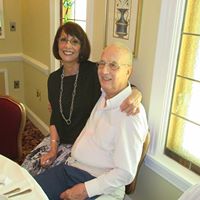
Judith St John
view source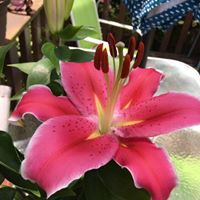
Judith St John
view source
Judith John
view source
Judith Scanlon John
view sourcePlaxo

Judith Johns
view sourceSisters of the Holy Cross
Classmates

Judith John-robinson (John)
view sourceSchools:
Spring Valley Junior High School Spring Valley NY 1983-1987
Community:
Barrie Wolfe, Linda Courtlander, Byron Bumbaco, Heidi Higgins

Judith John
view sourceSchools:
Chrisland College Idimu Lagos Nigeria 1995-1999
Community:
Yomi Bankole

Judith Wagner (John)
view sourceSchools:
Rufus M. Hitch Elementary School Chicago IL 1945-1953
Community:
Matt English, Marc Guerrero

Judith Hayter (John)
view sourceSchools:
Lutheran Central High School St. Louis MO 1956-1960
Community:
Linda Recker, Robert Zyk, Herbert Heyne, Kathleen Brown, Veonnia Taylor, Larry Kreyling, Margaret Siering, Billy Temme, Connie Buszin, David Schnelker, Yvonne Gerren, Pamela Bucher

Judith Self (John)
view sourceSchools:
John F. Hodge High School St. James MO 1966-1970
Community:
Jeanne Wagner, Tracie Brown, Susan Zinn, Judy Wamble, Sharon Abbott

Judith John | Abington He...
view source
Spring Valley Junior High...
view sourceGraduates:
Judith John (1983-1987),
Emily Berman (2001-2005),
Edward Herman (1984-1987),
Tony Favino (1975-1979),
Lorraine Schoenleber (1984-1987)
Emily Berman (2001-2005),
Edward Herman (1984-1987),
Tony Favino (1975-1979),
Lorraine Schoenleber (1984-1987)

Chrisland College Idimu, ...
view sourceGraduates:
Judith John (1995-1999),
Isiaka Kadri (2000-2004),
Eke Miriam (1991-1995),
Amilo Mbanugo (1996-2000),
Ohis Uwadiae (1995-1999),
Bolaji Adeniyi (1993-1997)
Isiaka Kadri (2000-2004),
Eke Miriam (1991-1995),
Amilo Mbanugo (1996-2000),
Ohis Uwadiae (1995-1999),
Bolaji Adeniyi (1993-1997)
Googleplus
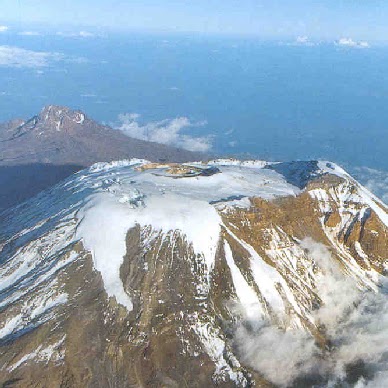
Judith John
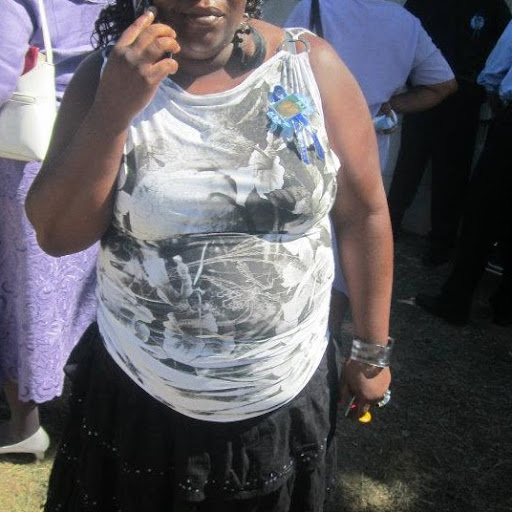
Judith John
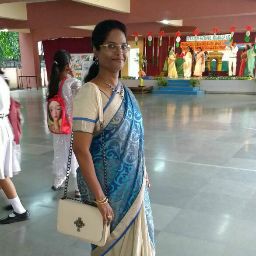
Judith John
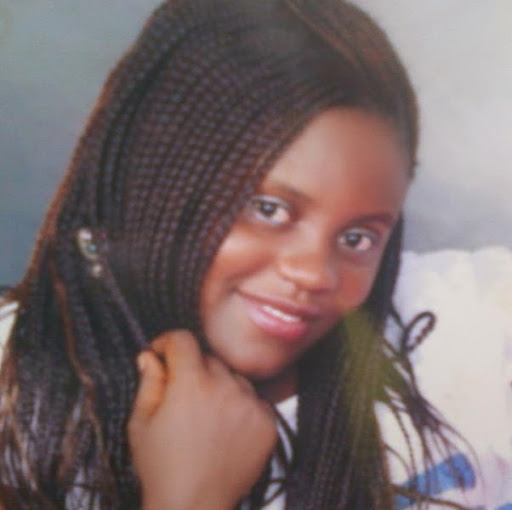
Judith John
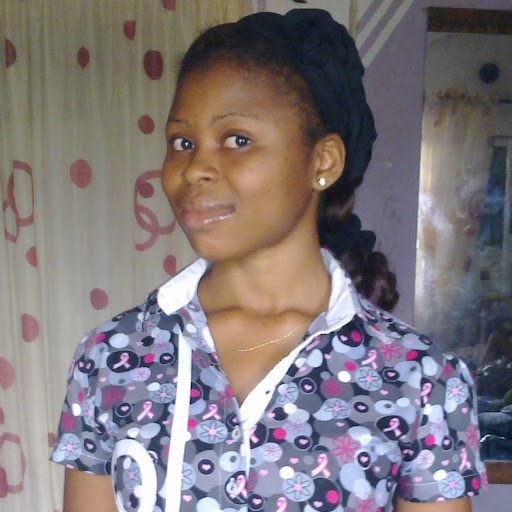
Judith John

Judith John

Judith John
Youtube
Get Report for Judith Ann St John from Highlands Ranch, CO, age ~77













